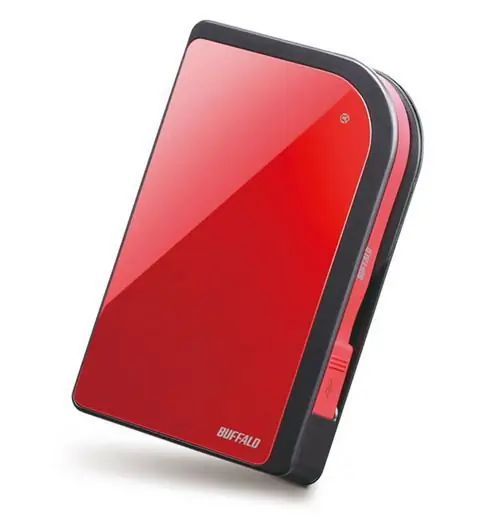Modernity is making new demands in technology, and in particular this applies to computer technology. One gigabyte of USB storage once seemed fantastically large, but today you have to transfer files from computer to computer, for example, with HD movies, for which 32 gigabytes is already not enough. This can be helped by USB drives, which use hard drives as storage, and which most people simply refer to as "external drive."

It is necessary
A computer or laptop on which the Windows operating system is installed, an external hard drive, basic computer skills
Instructions
Step 1
External hard drives are Plug and Play devices and do not require any special software or drivers to run. Connect the drive cable to an available USB port on your personal computer. If necessary, connect the auxiliary power cable to an adjacent port.
Step 2
A new hardware installation window will appear in the lower left corner of the desktop. Be sure to wait for the “Equipment installed and ready to work” message to appear.
Step 3
Open My Computer using a shortcut on the desktop or the corresponding line in the Start menu. The letter of the external drive is added to the list of partitions on your hard drives. Log in from it.
Step 4
Copying information to or from an external drive is done in the same way as with internal drives. File icons can be dragged and dropped, or you can use the copy-paste function of the context menu.






